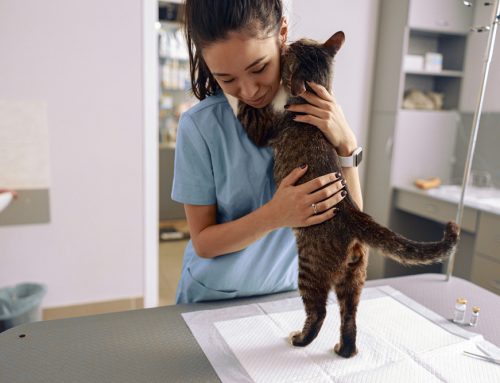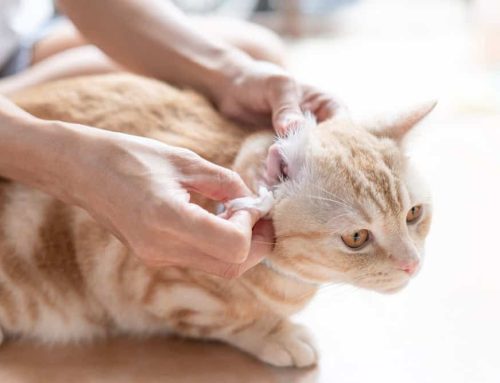Do you loathe the idea of giving your pet their medication? Does your pill-resistant pet run for cover when they see you grab the pill bottle? Pets refusing their meds is a common scenario in many households. Whether it’s a daily pill, a liquid medication, or even topical treatments, convincing your furry friend to cooperate can sometimes feel like an uphill battle.
Our Kauai Veterinary Clinic team offers tips to help you administer medications and create a stress-free routine that supports your pet’s health.
Techniques for administering pills to pets
Pills or capsules are the most common form of pet medication. Often, you can disguise pills in various foods or treats. Ensure you read our veterinarian’s instructions carefully because some pills cannot be crushed or chewed. Here are some helpful tips for giving your cat or dog their pills:
- Use pill pockets or treats — Pill pockets are treats specifically designed to conceal medications and can be invaluable in getting pets who are reluctant pill-takers to take their medication. These products come in various flavors and textures, making them enticing for pets while effectively masking a medication’s taste and smell. Insert the pill into the pocket or wrap it in a treat before offering it to your pet.
- Use food to disguise the pill — If your pet has caught on to the pill pocket, you may wish to use certain foods, such as:
- Peanut butter
- Lunch meat
- Sliced cheese
- Plain cream cheese
- Pumpkin puree
- Mashed sweet potato
- Wet dog or cat food
Ensure the food you choose is non-toxic to pets. Never give your pet food that contains the sugar substitute xylitol, which is found in some candies, gum, and peanut butter.
- Use a pill popper — The pill gun or popper allows you to place the medication at the back of your pet’s throat. Once in, gently close their mouth and stroke their muzzle to induce their swallowing reflex.
If your pet still refuses to take pills or capsules, our Kauai Veterinary Clinic veterinarian can recommend other options, such as switching to a liquid medication when available.
Giving your pet liquid medication
Most liquid medications can be given to your pet using a syringe or a dropper. When dispensing the liquid, aim for the back of the inside of their cheek—the pocket between the teeth, gums, and cheek. Gently close your pet’s mouth until they swallow the liquid. Avoid squirting the fluid in the back of the throat, which might cause your furry pal to choke.
Applying pet topical medication
Many pet conditions are treated through topical gels, sprays, or ointments. While seemingly straightforward, the trick is to prevent your pet from licking these medications off their skin. When applying topicals, wear gloves to protect your skin and take other household pets to another room so they won’t be tempted to lick the medication. After applying the medication, wait until it has been fully absorbed into your pet’s skin before allowing them to scamper off.
Administering pet medication: Positive reinforcement and practice

Positive reinforcement is a powerful tool for encouraging your pet to cooperate when you give them their meds. Reward your four-legged friend with praise, treats, or playtime immediately after giving them their medication. This creates a positive experience for your pet, making future medication sessions easier and stress-free.
Any new experience for your pet will inevitably cause them some fear. Pets are creatures of habit, so incorporating the medication routine into their day will, over time, acclimate them to the experience. When you use a reassuring voice, practice patience, and reward them for good behavior, they will warm up to this necessary routine.
Giving your pet medication doesn’t have to be a stressful experience. Is your furry friend resistant to their medications? “A spoonful of sugar” may not help your pet’s medicine go down, but we can ensure they get the proper medication they need for their health and wellbeing.
Discuss medication options with our Kauai Veterinary Clinic team by making an appointment.










Leave A Comment